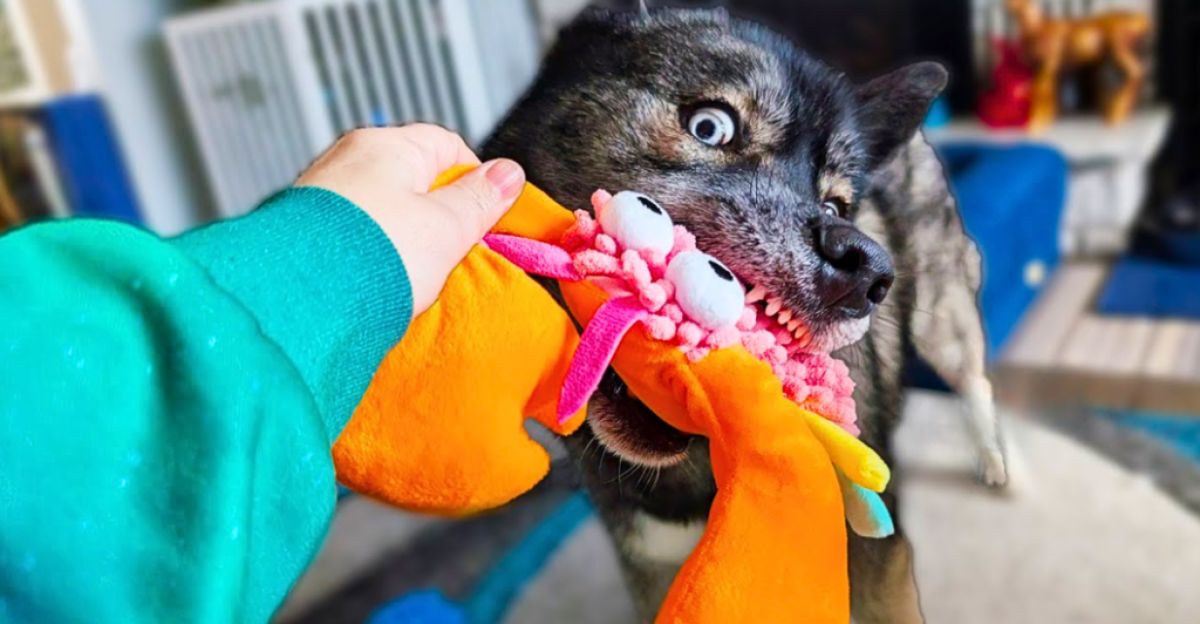
That squeaky toy your dog can’t get enough of? Turns out, there’s a much darker reason behind their obsession. While it might seem like harmless fun, that high-pitched squeak actually taps into your dog’s primal instincts—reminding them of the sounds of struggling prey. Yep, your lovable pup is wired to enjoy that noise for a reason that’s a little less cute.
Your Dog’s Favorite Toy—A Simulated Kill

That high-pitched squeak your dog loves? It’s not just noise—it’s a trigger. A trigger that awakens something primal. When dogs sink their teeth into a squeaky toy, they aren’t just playing. They’re simulating a kill. That sound mimics the panicked cries of wounded prey, unleashing deeply embedded instincts. Domestication may have softened dogs, but it hasn’t erased their predatory drive. In the wild, a successful hunt ends when prey stops squeaking—just like when a toy finally “dies” after enough chewing. Pet owners think they’re providing harmless entertainment, but they’re unknowingly fueling a cycle rooted in hunting and survival.
The Pet Industry Knows Exactly What It’s Doing

Squeaky toys aren’t designed by accident. Pet companies engineer them to tap into dogs’ hunting instincts, ensuring maximum engagement—and repeat sales. The sound frequency? Intentionally tuned to mimic prey distress calls. The durability? Just strong enough to prolong the “kill,” but weak enough to keep dogs coming back for more. It’s not just marketing—it’s manipulation.
Breed Matters—Some Dogs Are More “Wired” Than Others

Not all dogs react the same way. Terriers, bred to hunt rodents, show an extreme fixation on squeaky toys. Hounds, trained to chase, often prefer the pursuit over the kill. Meanwhile, breeds like Great Danes, bred for guarding, may show little interest at all. The reaction isn’t random—it’s genetic, a direct link to their working past.
The Guilt Factor—Do Owners Really Know What They’re Encouraging?
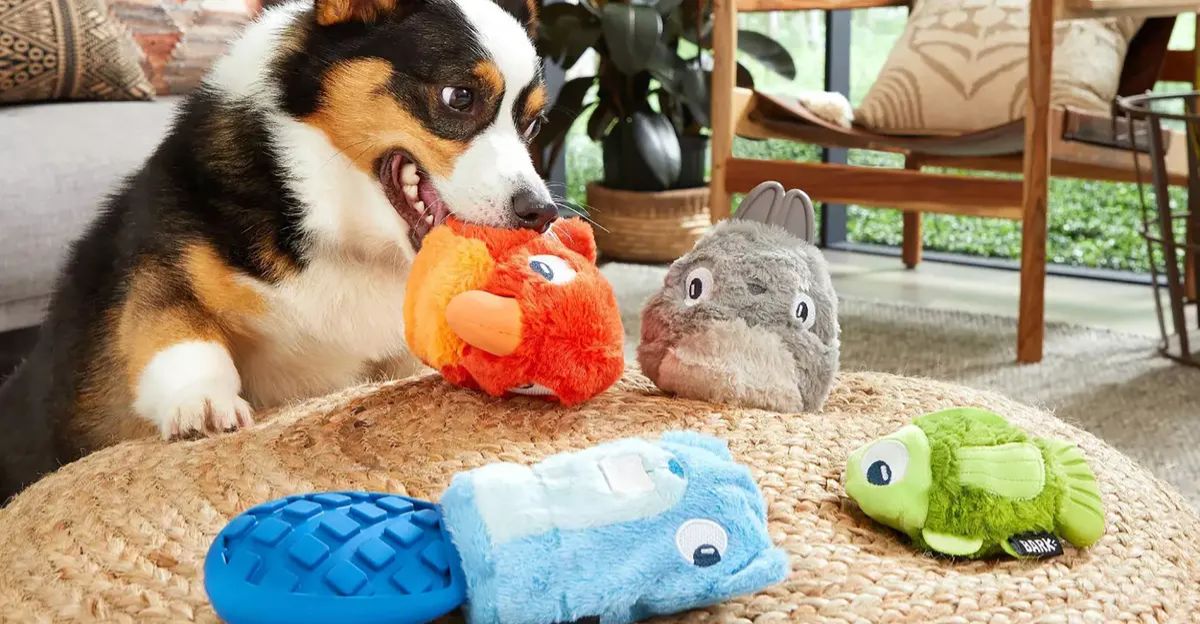
Many owners treat their dogs like furry children, forgetting some still have predator instincts. The idea that a beloved pet enjoys the sound of a dying animal creates a psychological clash. It’s unsettling, but ignoring it doesn’t change the truth. Understanding this instinct isn’t about guilt—it’s about responsible pet ownership.
Can Squeaky Toys Encourage Aggression?
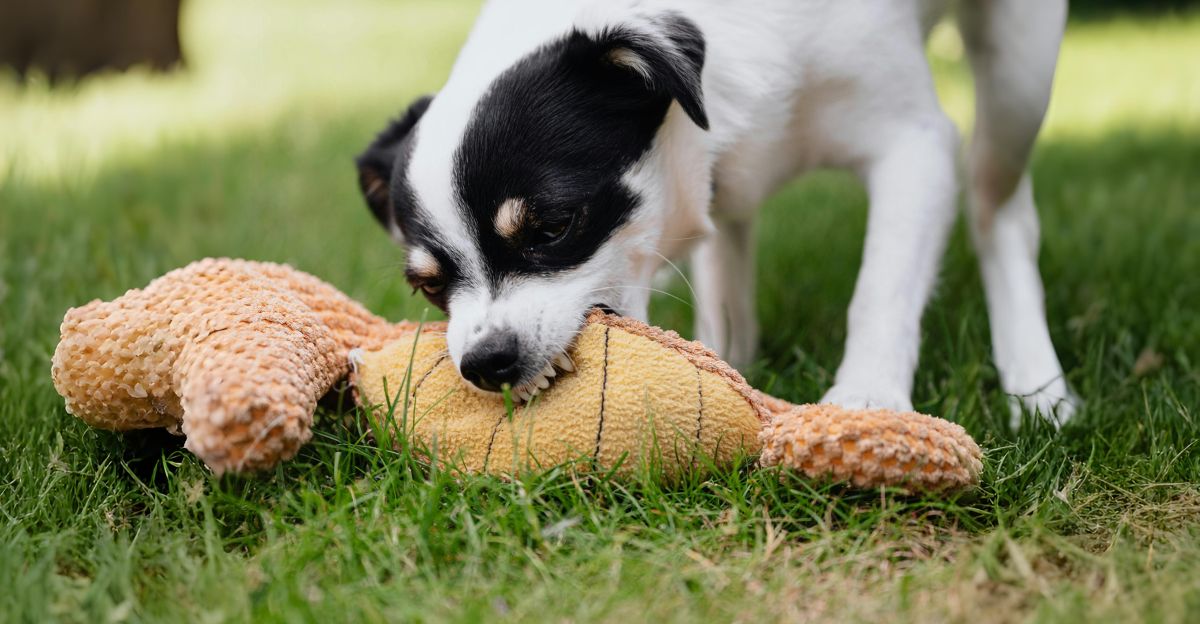
While most dogs stop at toys, some take it further. Cases exist where dogs display resource guarding—aggressive behavior when someone takes their “prey” away. Could constant reinforcement of this predatory loop lead to behavioral issues? Research is ongoing, but one thing is clear: squeaky toys tap into something deeper than just fun.
The Evolutionary Mismatch—Dogs Weren’t Meant for This Life
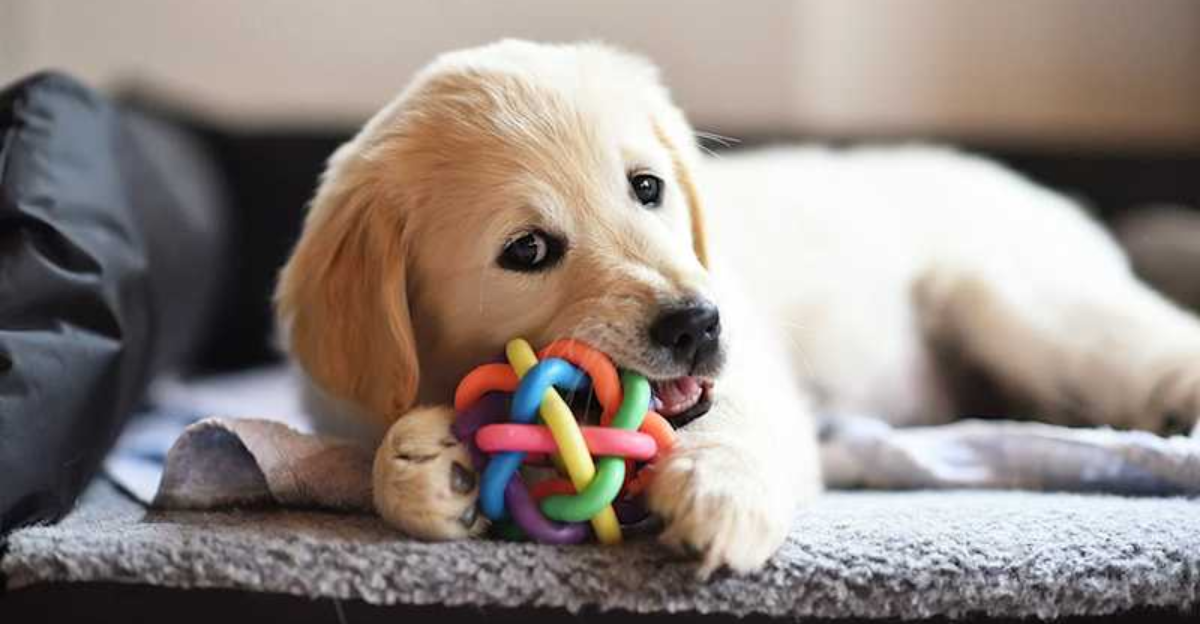
Wolves hunt for survival. Domestic dogs hunt for entertainment. The difference? We’ve placed them in an artificial environment where their instincts have no outlet—except through toys. The squeaky toy becomes a substitute for real hunting, highlighting the stark contrast between a dog’s evolutionary needs and its modern reality.
Historical Perspective—The Working Dog vs. The Pet

Centuries ago, dogs had jobs—hunting, herding, guarding. Their instincts had purpose. Today, most dogs live in homes, their natural drives suppressed. The squeaky toy, in a way, is a relic of their past—a small, controlled way to engage in what they were bred to do. But is it enough?
Why Dogs Lose Interest When the Squeaker Breaks

Ever wonder why dogs drop a toy once the squeaker stops working? The answer is simple: the prey is “dead.” Without the sound, the game is over, and the toy becomes just another object. This reaction mirrors real-life predatory behavior—proof that the instinct driving the obsession is anything but random.
A Growing Movement—Giving Dogs Better Outlets

As awareness of canine instincts grows, owners are turning to better alternatives. Scent work, controlled hunting exercises, and puzzle feeders provide stimulation without reinforcing the kill cycle. Enrichment activities don’t suppress instincts—they redirect them, offering a healthier balance between nature and nurture.
The Uncomfortable Truth—We Shape Our Dogs More Than We Realize
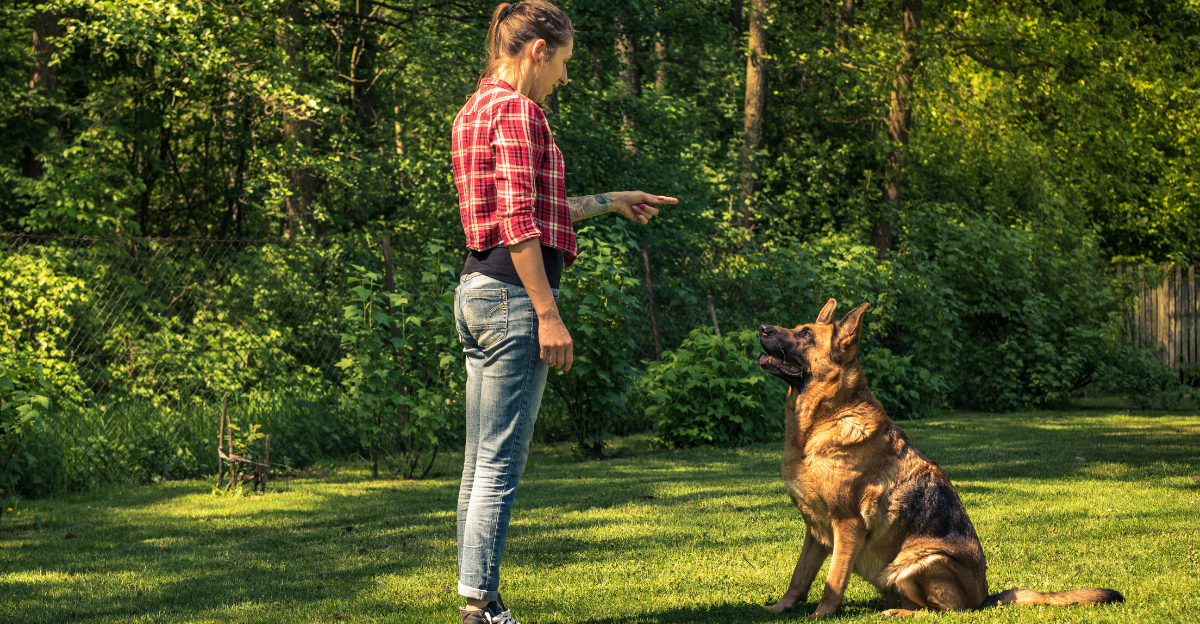
We see dogs as companions, but their instincts are still alive beneath the surface. The squeaky toy obsession isn’t just cute—it’s a window into something primal. The real question isn’t whether we should take away squeaky toys. It’s whether we should start thinking more critically about how we engage with our pets—and what that engagement truly means.
Explore more of our trending stories and hit Follow to keep them coming to your feed!

Don’t miss out on more stories like this! Hit the Follow button at the top of this article to stay updated with the latest news. Share your thoughts in the comments—we’d love to hear from you!







